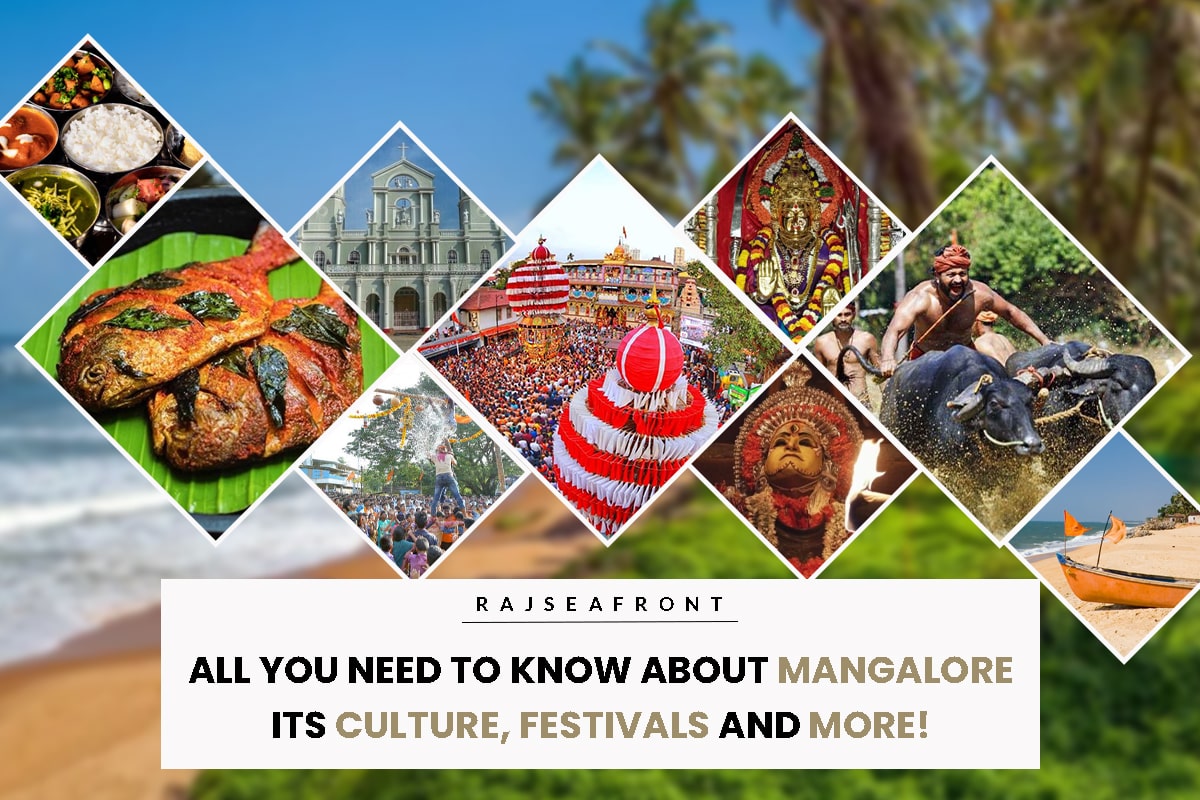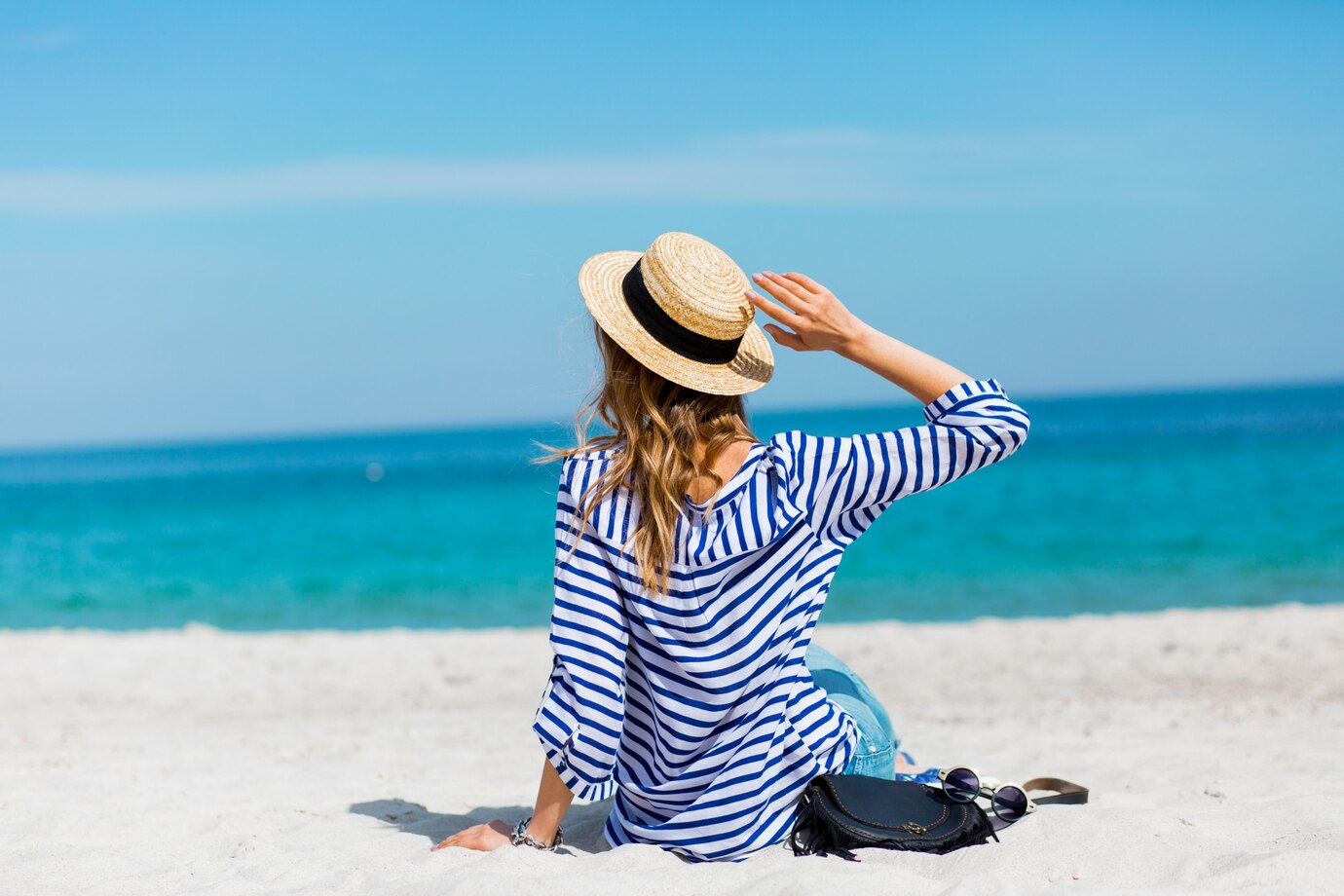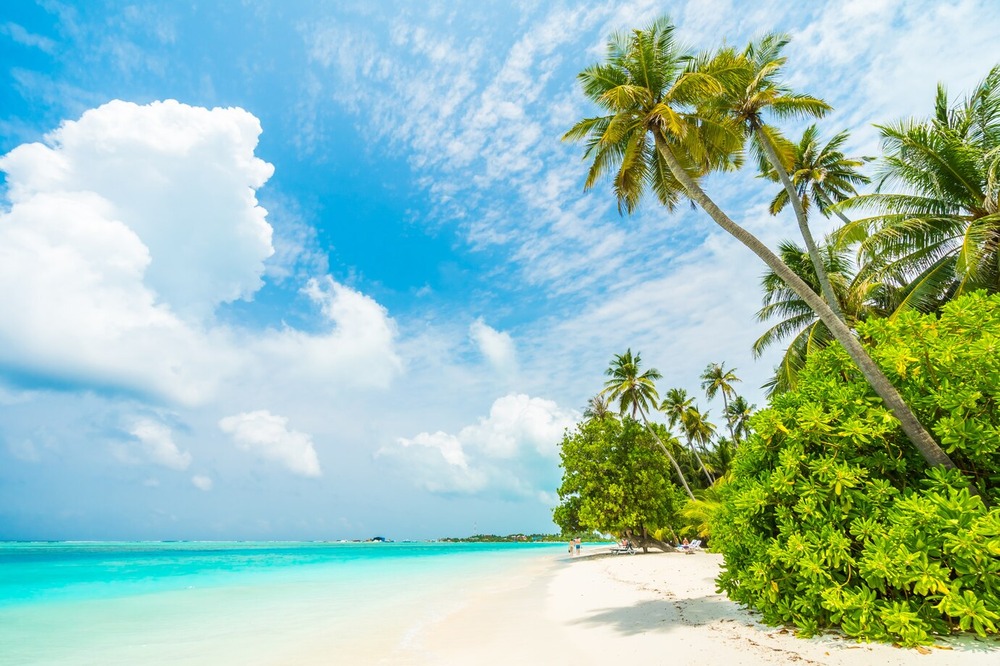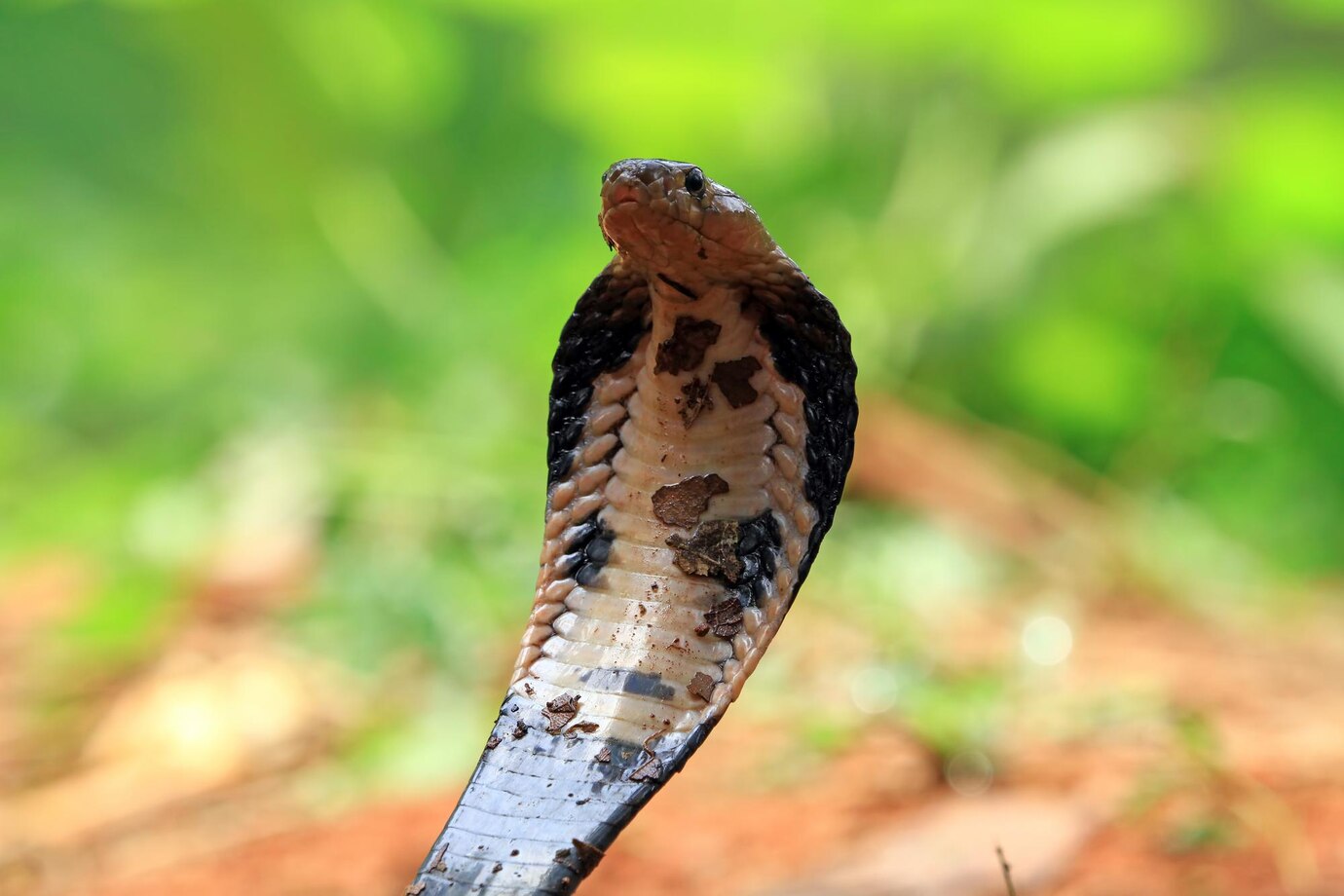If you’re a travel enthusiast looking to learn more about Mangalore and what makes it special, this blog is for you! From roots to the tip of the leaves, all you need to know about Mangalore is right here!
In this blog, we’ll take a peek at the different aspects of Mangalore that make it stand out. From its rich history to a wide range of culture and festivals, buckle up and brace yourself for some mind-blowing facts and information about Mangalore.
A Quick Overview of Mangalore
Mangalore, the operational headquarters of the Dakshina Kannada district, is located on the backwaters formed by the Gurupura and Netravati rivers. This South Indian city is well-known for its beautiful temples, thriving industries, and sun-kissed beaches. It is also the largest city in Karnataka’s Dakshina Kannada district.
Because of its status as an industrial and commercial hub, this coastal city is busy and active most of the time. It is also home to many prestigious colleges, earning it the moniker “cradle of education” in Karnataka.
Aside from that, the city has grown to become a major port in India, handling 75 percent of the country’s coffee and cashew exports. It is also the seventh-largest container port in the country.
What is all the fuss about Mangalore?
Is Mangalore worth visiting? Yes! Absolutely. This coastal town is frequently overlooked because visitors often pass through Mangalore on their way to somewhere else. They are unaware that they are speeding past the “frontier town” of the Vijayanagar empire.
The people, the culture, and the festivals are all important aspects of life in this city. Its pristine beaches, beautiful coconut trees, and welcoming churches provide travellers with an exotic feel. Furthermore, Mangalorean cuisine is another major reason to visit this coastal region. The flavorful and rich curries made with coconut are to die for!
Speaking of the culture and festivals, let’s take a peek into the history of Mangalore, which paved the path to its rich diversity.
History of Mangalore
The history of Mangalore is rich in culture and tradition.
Mangaluru was named after the Mangaladevi Temple’s presiding deity, Mangaladevi. Matsyendranath of the Nath clan is said to have married Premala Devi, a princess from the south, after which he renamed her Mangaladevi. She died soon after, and a temple in her honour was built: the Mangaladevi Temple. The name “Mangaluru” is derived from this temple. It then went by the name “Mangalore” during the british rule.
The town was part of the Maurya Empire, which was ruled by the Buddhist emperor Ashoka of Magadha in the third century BCE. From the third to the sixth centuries CE, the Kadamba dynasty, whose capital was based in Banavasi in North Canara, ruled over the entire Canara region as independent rulers. From the middle of the seventh to the end of the fourteenth centuries, the South Canara region was ruled by its native Alupa rulers, who ruled as feudatories of major regional dynasties such as the Chalukyas of Badami and the Rashtrakutas of Manyakheta. All of this contributed to Mangalore becoming a distinct multi-linguistic cultural region and the homeland of the Tulu-speaking people.
There is a lot more to discuss about Mangalorean history that involves foreign travellers and pirates, but we’d rather not bore you with all the nitty-gritty details. So let’s talk about something much more colourful and curious: the culture of Mangalore!
Read More: Planning A Beach Trip? 5 Must Haves When Going To The Beach!
Culture of Mangalore
Being located between the Western Ghats and the Arabian Sea, the city is a cultural melting pot. Mangalore has been ruled by various dynasties over the years, and the monuments here are living examples of diverse architectural skills. The two major cultures observed in Mangalore are as follows:
Tuluva Culture
Tuluvas in Mangalore perform several drama performances as well as Yakshagana (a dance that lasts all night). Some of the major traditions practised in tuluva culture include Piliyesa (tiger dance), Karadi Vesha (bear dance), Bhuta Kola (spirit worship), Kambala (buffalo race), Konkatta (chicken fight), etc. If you’ve watched the movie “Kantara,” then you might recognise some of these traditions.
Konkani Culture
There are twenty-two cultural communities that live in the city of Mangalore, and they include Mangalorean Catholics, Goud Saraswat Brahmins, Kudmis, Daivajna Brahmins, and many more. All of these communities are found to speak the various dialects of the Konkani language. Religious festivals such as car festivals held in various Konkani temples, the Catholic Santhmarie festival, and the Kudmi Shigmo festival are some of the festivals that have kept Konkani culture alive among the people.
Read more: Visiting Mangalore? Here Are The Top 5 Places To Visit In Surathkal!
Festivals of Mangalore
Mafor festivals like Dasara, Diwali, Ganesh Chaturthi, Janmashtami, Christmas, Easter, IDD, etc. are celebrated with great glamour and zeal in Mangalore. The culture of Mangalore is infused with various local festivals in addition to these popular festivals. The following are some of the local festivals celebrated in Mangalore:
- The main festival of Goud Saraswat Brahmins is Kodial Theru, or Mangaluru Rathotsava, which is celebrated at Sri Venkatramana Temple.
- The unique harvest celebration performed by the Catholic community here is the feast of Mother Mary, known as Monti Fest.
- The Jain Community of Mangalore, known as “Jain Milan,” hosts an annual Jain Food Festival.
- Every Mangalorean consecrates Mosaru Kudike, which commemorates the birth of Lord Sri Krishna.
Mangalorean Cuisine
And finally, let’s talk about food. The culture of Mangalore cannot be discussed without talking about Mangalorean cuisine.
Mangalorean cuisine is heavily influenced by South Indian cuisine. Mangalorean curries contain a lot of curry leaves, coconut, chiles, garlic, and ginger, making it unique to its region. The fish curry made in Mangalore is so delicious that it’s known all around the community and the country. If you’re ever dropping by Mangalore, make sure that you try all the seafood cuisines this town has to offer!
Here’s an overview of different food dishes offered by the prominent communities in Mangalore.
Tutu food specialties include:
- Bangude, Kori Rotti, Beeja-Manoli, Pulimunchi, Boothai gasi, Neer Dosa, Patrode and Kadabu.
Konkani food specialties include:
- Daali thoy, val val, beebe-upkari that is cashew based, ambe sasam, avnas and Kadgi chakko
Mangalorean food Catholics specialties include:
- Dukra Maas or Pork and the Sanna-Dukra (idli filled with yeast or toddy)
Mangalorean Muslim food specialties include:
- Mutton Biryani
Read more: The Top 5 Best Restaurants In Mangalore You Need To Check Out!
If your vacation consists of experiencing new cultures, visiting Mangalore should definitely be on your list of places to stop by. Mangalore exhibits some of the many coastal cultures and traditions of south India. Its beaches, backwaters, and historical landmarks will provide you with an unforgettable experience!
If you visit Mangalore, make sure to go during the festival seasons, such as Krishna Janmashtami and Dasara. During this time of year, Mangalore observes some truly unique cultural traditions of the city!
Beach resorts are another thing Mangalore is well-known for! Book one of the best Beach resorts in Mangalore — Raj Sea Front Beach Resort and have a zealous vacation experiencing this coastal wonder of Karnataka! For more details, visit our website.







